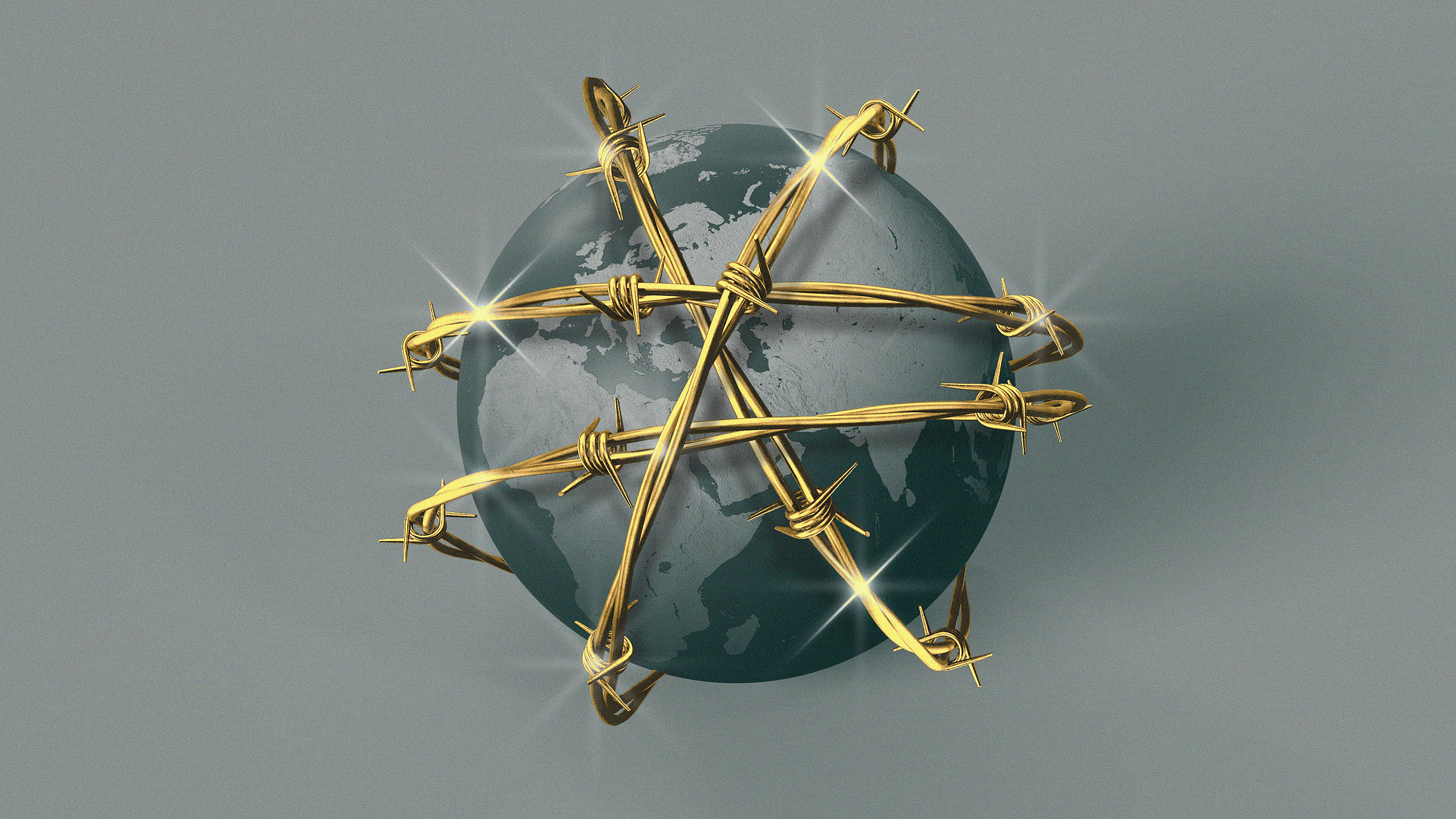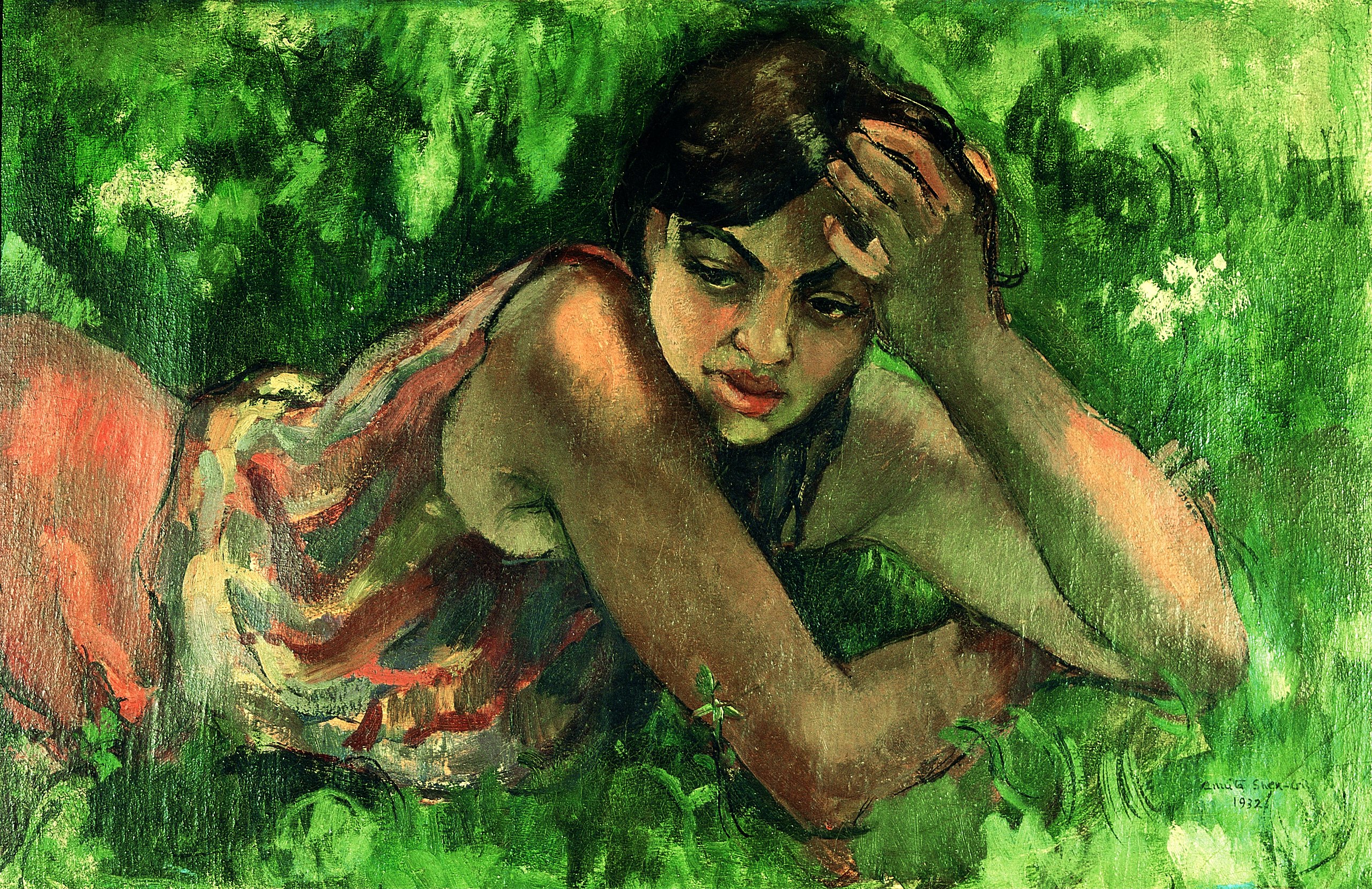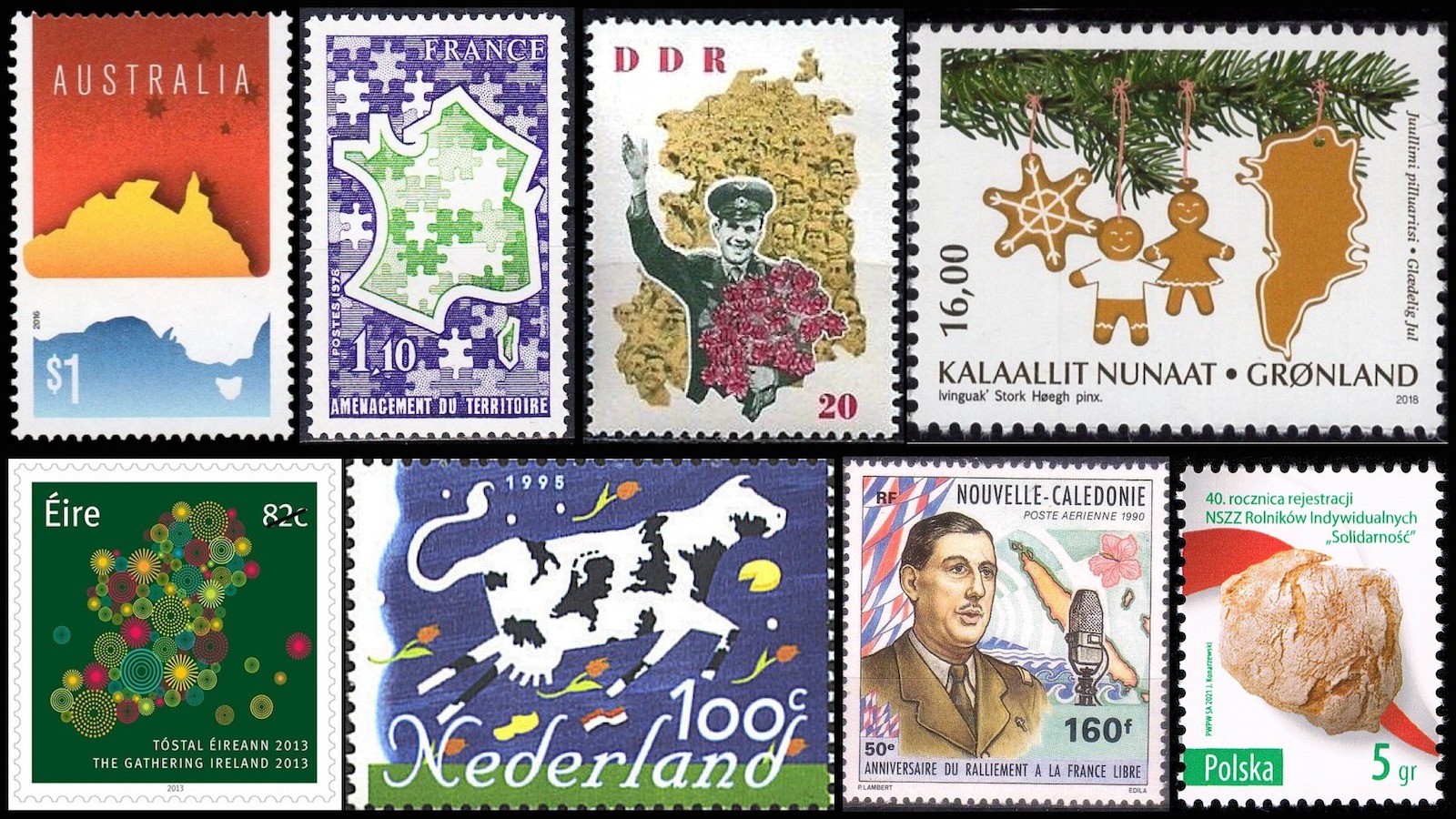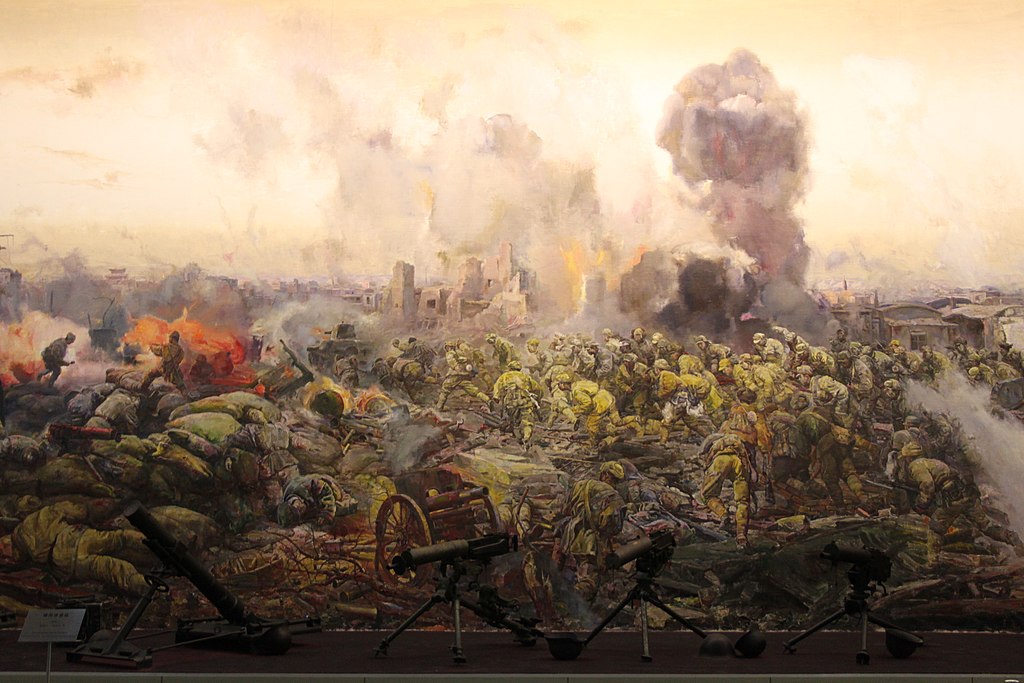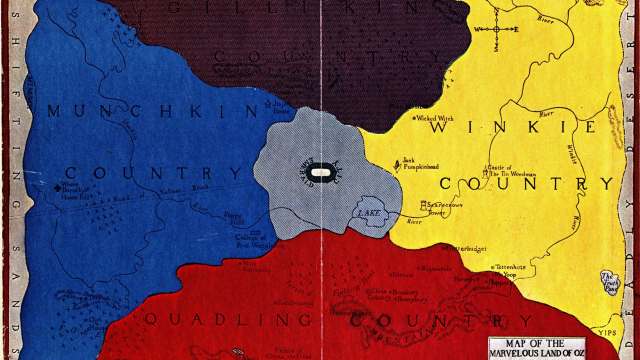74 – The United States of Stellaland
n
Nowadays, the southern tip of Africa is dominated by a single state, the Republic of South Africa (punctuated by Lesotho, one of the world’s few enclave-states). But starting about a century and a half ago, when the usurping British were pushing the Dutch-originated Afrikaners inland, the eastern part of the RSA’s present territory was littered with a number of Boererepublieke (‘boer’ means ‘farmer’, but became synonymous with white, Afrikaans-speaking and anti-British).
nThese republics were later annexed by the British, after two Anglo-Boer Wars at the end of the 19th and the beginning of the 20th century. The largest and best-known of these republics became constituent provinces of the Union of South Africa (later Republic of South Africa): the Orange Free State, Transvaal and Natal. But there were also smaller Boererepublieke that just disappeared off the map, including the intriguingly small and short-lived United States of Stellaland (1882-1885).nStellaland owes its existence to the war between the Batlaping and the Korannas, black tribes that had both hired white mercenaries. David Massouw, leader of the Korannas, had promised the Boers homesteads if they helped him win the war. After the war ended in July of 1882, these homesteads were granted to exactly 416 white farmers, who thereafter considered themselves ‘free citizens’ and formed the independent republic of Stellaland on July 26, 1882.n
The name was chosen to refer to the comet that was visible in the sky at the time of the decisive battle (although Stella is Latin for ‘star’, not for ‘comet’). The capital city was called Vryburg (‘Freetown’), on a place known to the Tswana as Huhudi (‘Running Water’). First and only president was Gerrit Jacobus van Niekerk (1849-1896). Stellaland expanded to include the neighbouring boer republic of Goosen. The two nations were known collectively as the United States of Stellaland.
nStellaland aspired to be united with the big boer republic to the east, Transvaal. The British government, then in control of the formerly Dutch Cape Province, objected to the westwardly expansion of Transvaal, and decided to invade. An expeditionary force under Sir Charles Warren entered the territory in February 1885, and it was formally annexed to British Bechuanaland on September 30, 1885.nDuring Apartheid, the area around Vryburg was a ‘white’ island in the (nominally) independent Bantustan of Bophutatswana. Since 1994, when the RSA’s administrative divisions were reorganised following the end of Apartheid,the area is part of the North West Province of the RSA. Today, the name ‘Stellaland’ is still used to refer to the area around the villages of Vryburg, Stella and Reivilo.n
Stellaland has had three different flags in its short existence, the first being the state emblem on a green background, the second a six-pointed white star on the same green and the third an eight-pointed white star on a field split vertically between green (left) and red (right). One of the reasons for this diversity is that apparently the president’s wife had to make all those flags herself, and didn’t always have the right material to copy a previous design.
n
This map taken from the Wikipedia page on Stellaland.
n

